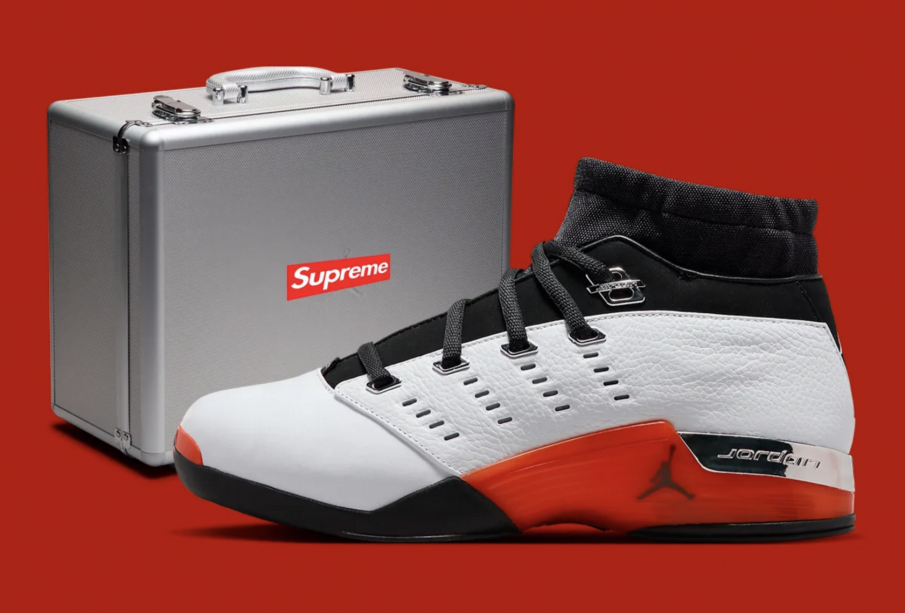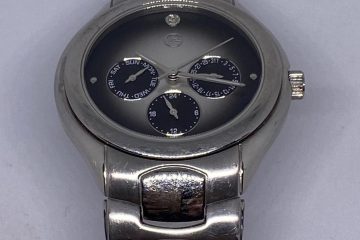The Phenomenon of Supreme: A Streetwear Icon

Introduction
The streetwear brand Supreme has captivated fashion enthusiasts since its inception in 1994. Founded by James Jebbia in New York City, it has transcended its skateboarding roots to become a global fashion icon, influencing various aspects of culture, art, and lifestyle. The brand’s limited releases and unique collaborations have created a buzz in retail, making it a focal point for both collectors and casual consumers alike.
The Journey of Supreme
Initially launched as a skate shop in Lafayette Street, Supreme quickly became a gathering spot for skateboarders and creatives. Its logo, a simple red box emblazoned with the word ‘Supreme’ in white, became a symbol of exclusivity and connection to street culture. The brand’s clever marketing strategies, such as collaborations with renowned artists like Damien Hirst and brands like Louis Vuitton, have played a significant role in its commercial success.
Limited Releases and Hype Culture
One of the defining features of Supreme is its method of releasing products in extremely limited quantities, which has contributed to a culture of hype around the brand. Fans often line up for hours, even days, to get their hands on the latest drop, leading to a vibrant resale market. In 2021, it was reported that some pieces could sell for up to ten times their retail price on third-party platforms, showcasing the intense demand for Supreme’s products.
Global Influence and Collaborations
Supreme’s collaborations have extended beyond fashion into the realms of art and technology, partnering with brands like Nike, The North Face, and even cigarette brand Marlboro. These collaborations not only diversify their product offering but also enable Supreme to tap into different consumer bases. The label’s crossover into high fashion has further solidified its status, with its runway appearances marking a significant shift in the perception of streetwear in luxury fashion circles.
Conclusion
As Supreme continues to thrive, its influence on the fashion industry and popular culture remains undeniable. With the rise of social media, the brand enjoys unprecedented visibility and relevance in contemporary culture, particularly among youth. Analysts predict that as the demand for streetwear persists, Supreme will continue to evolve, bringing innovative designs and collaborations that resonate with its diverse customer base. The brand’s journey underscores the dynamic nature of streetwear and its substantial role within the broader tapestry of fashion history.








